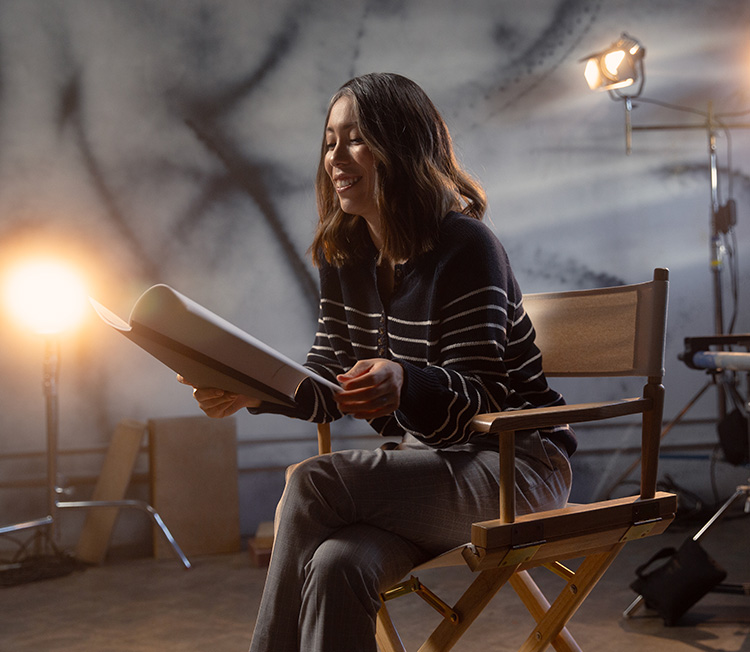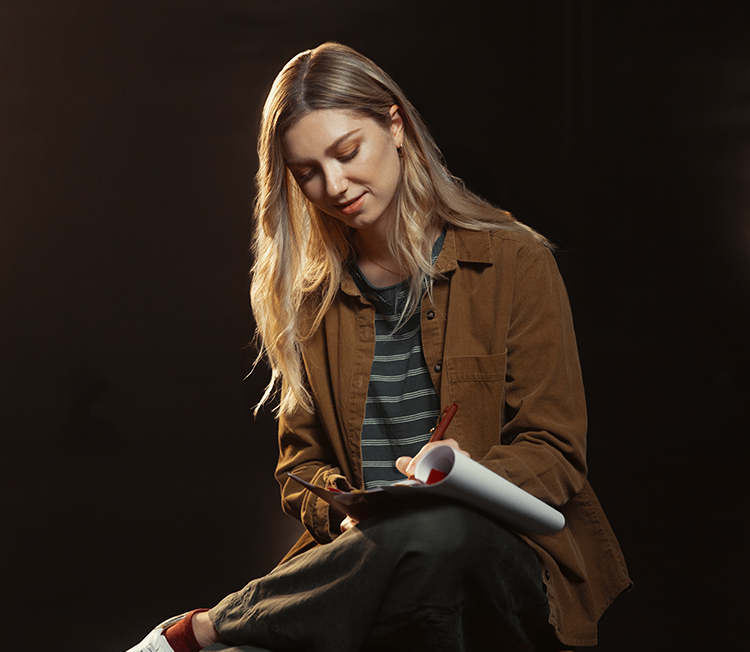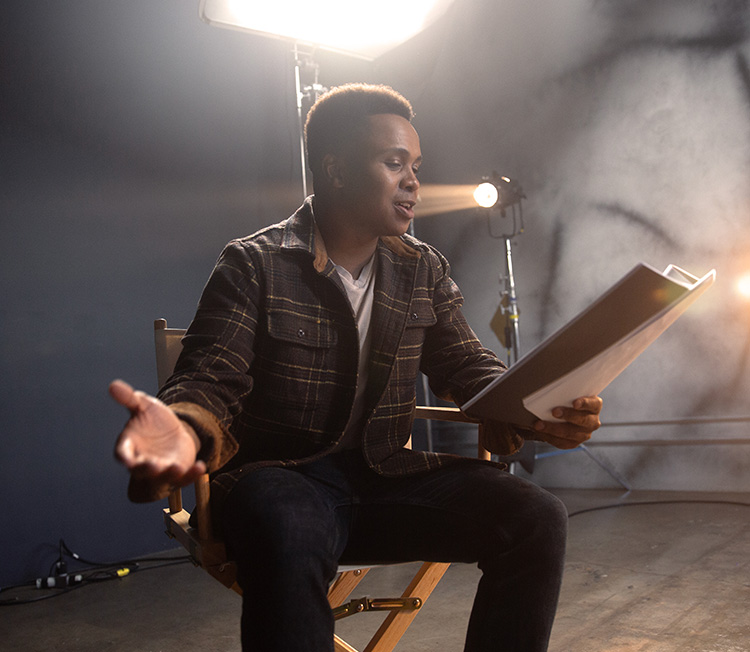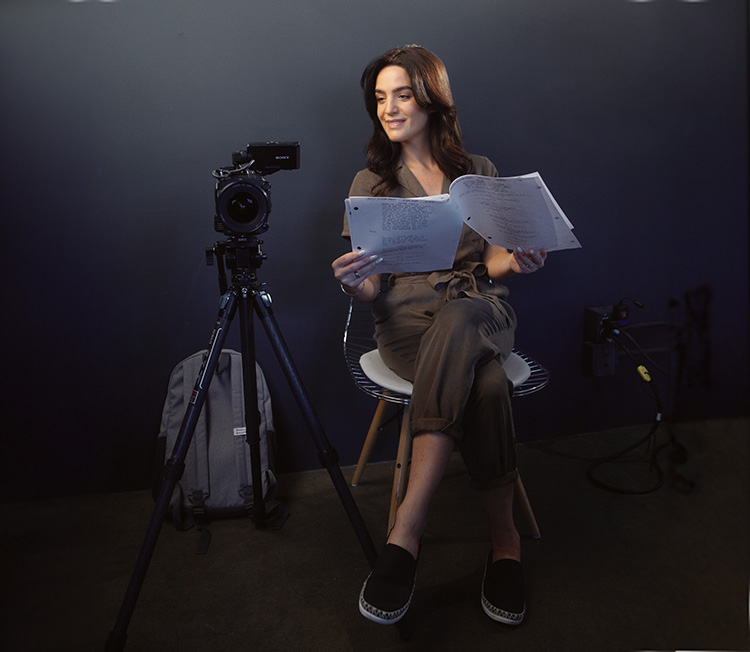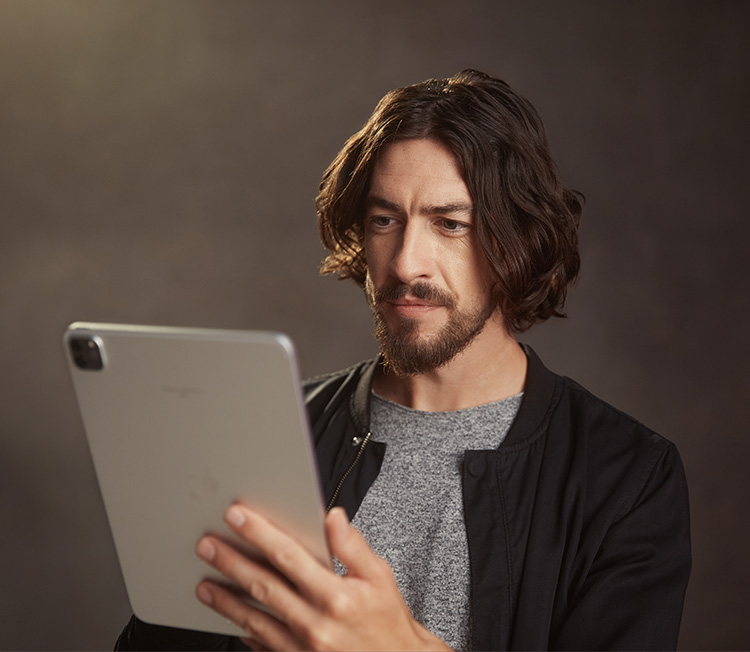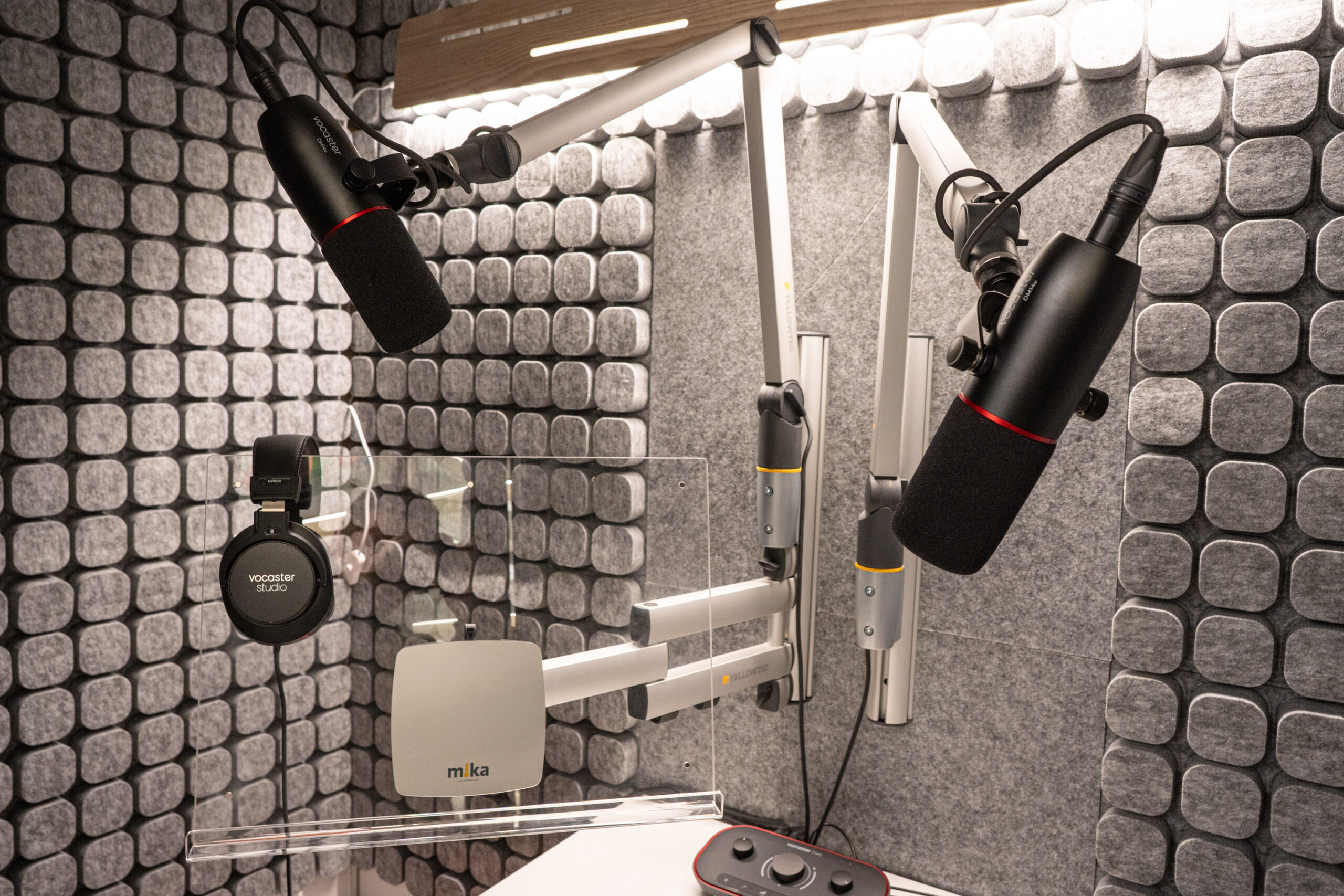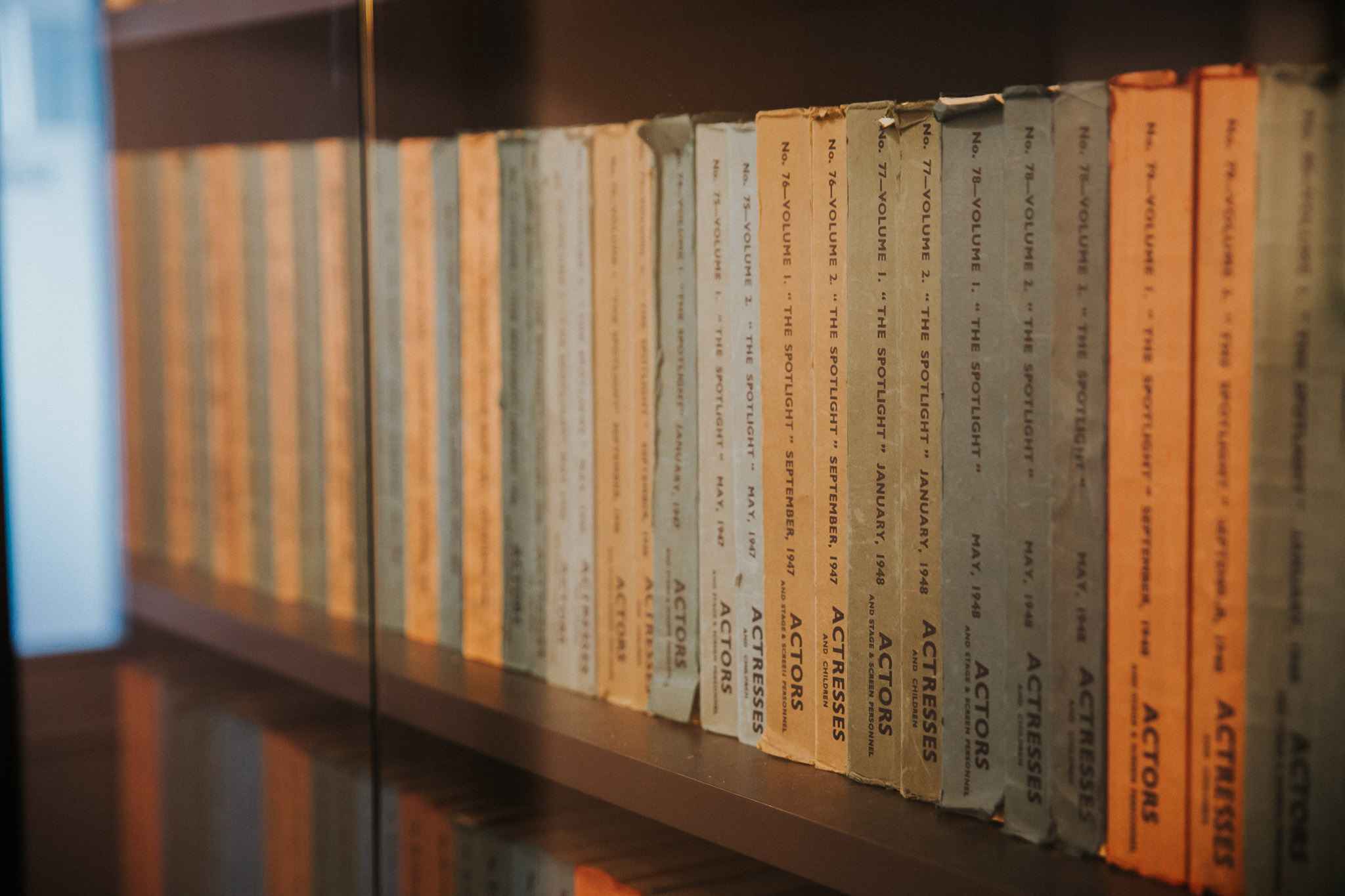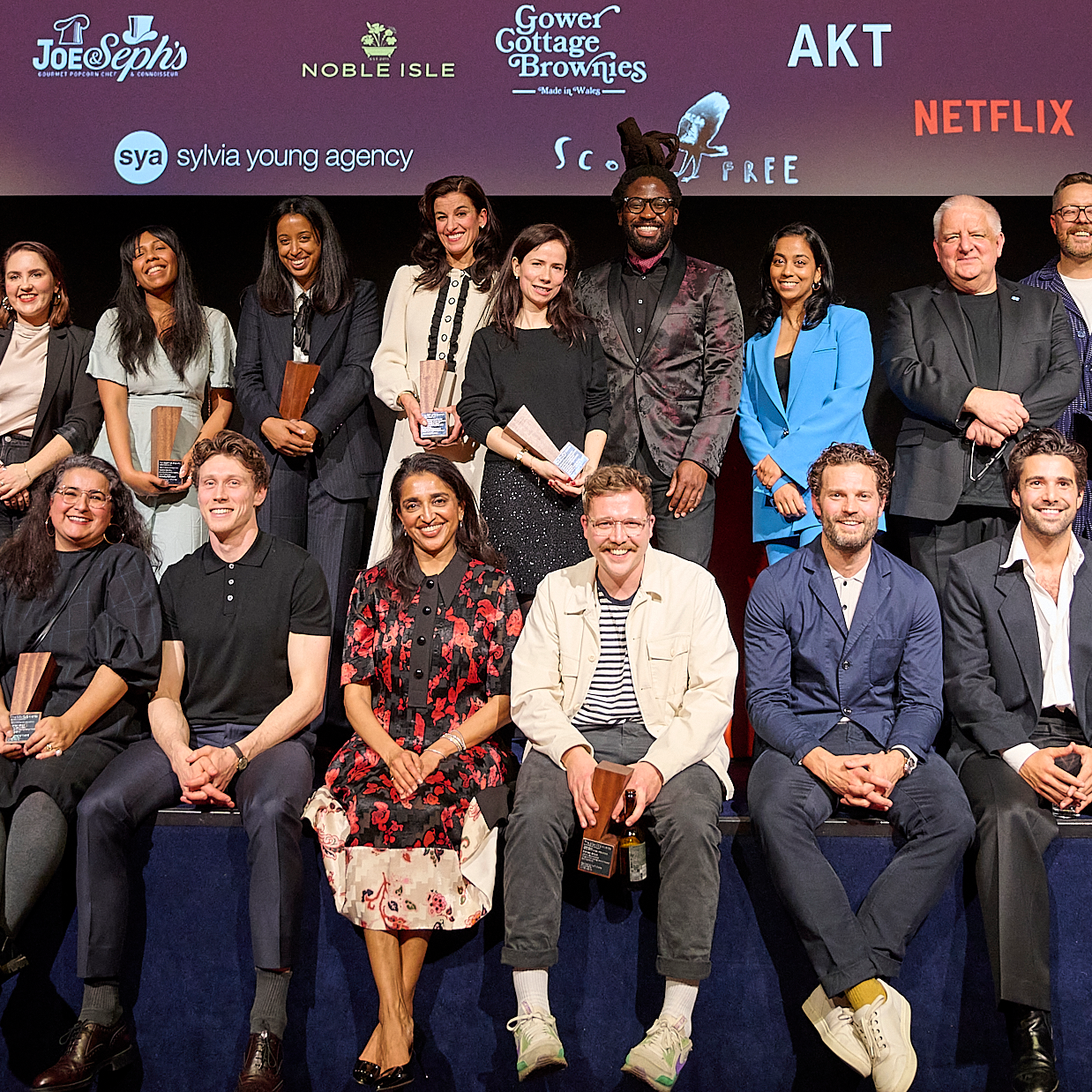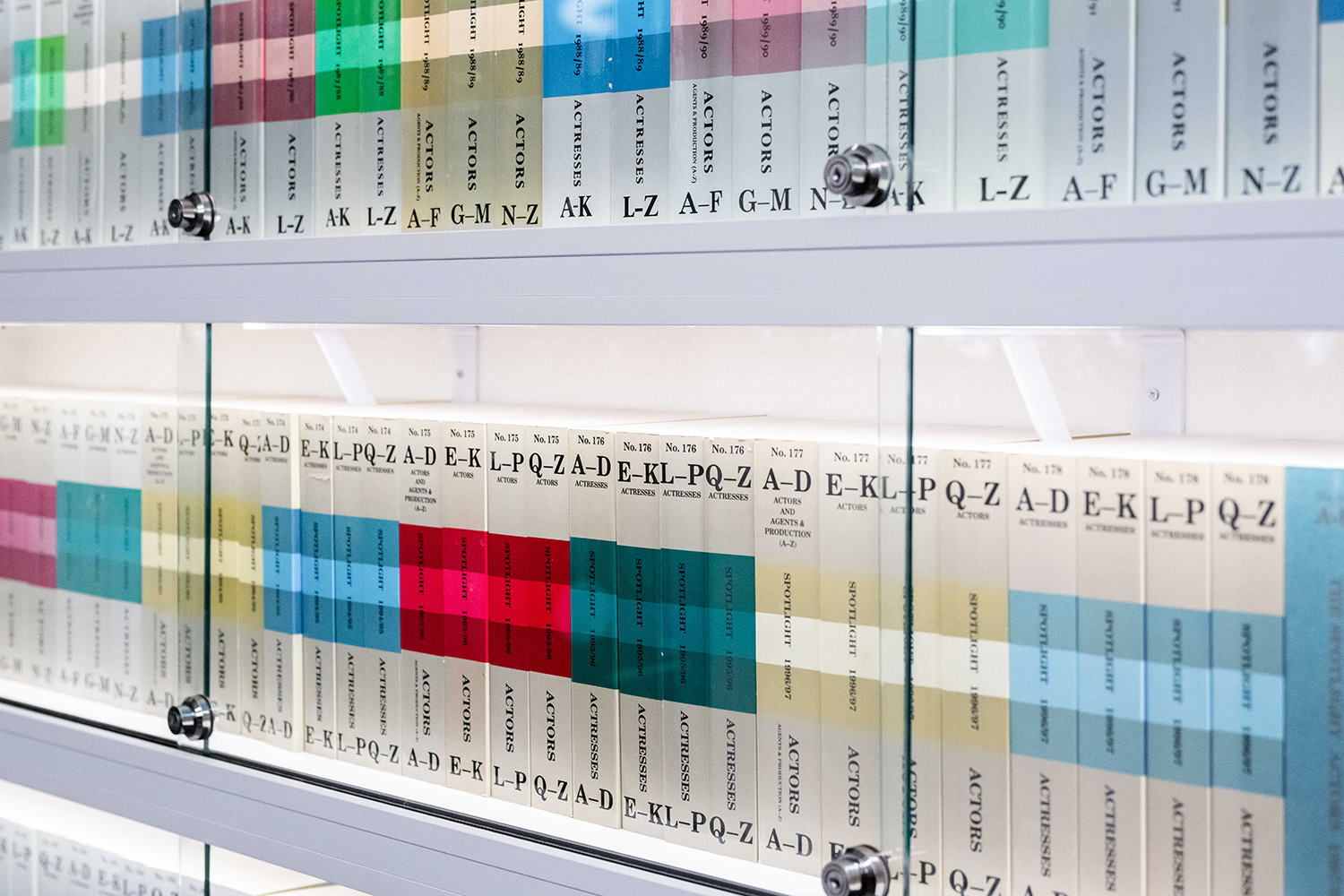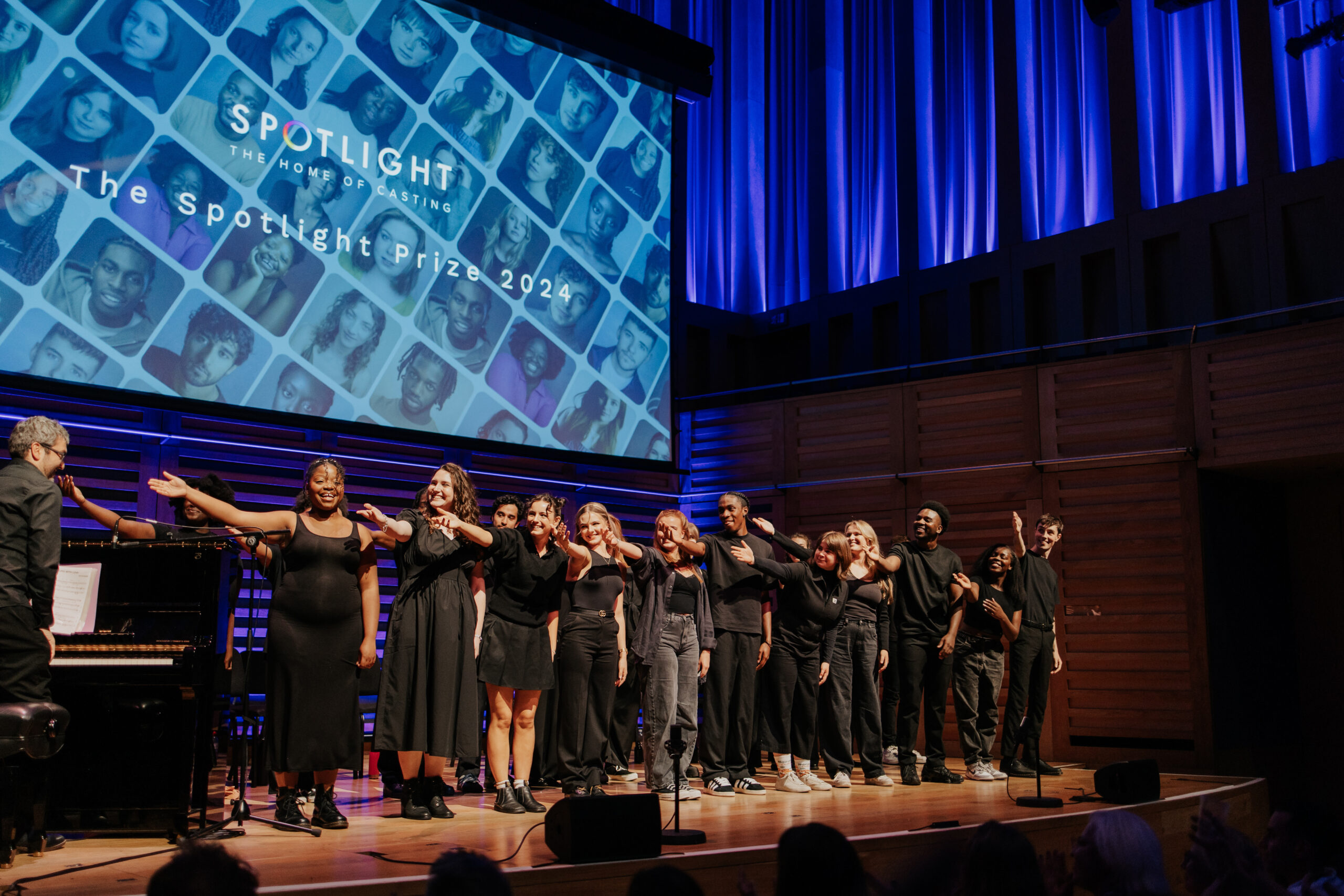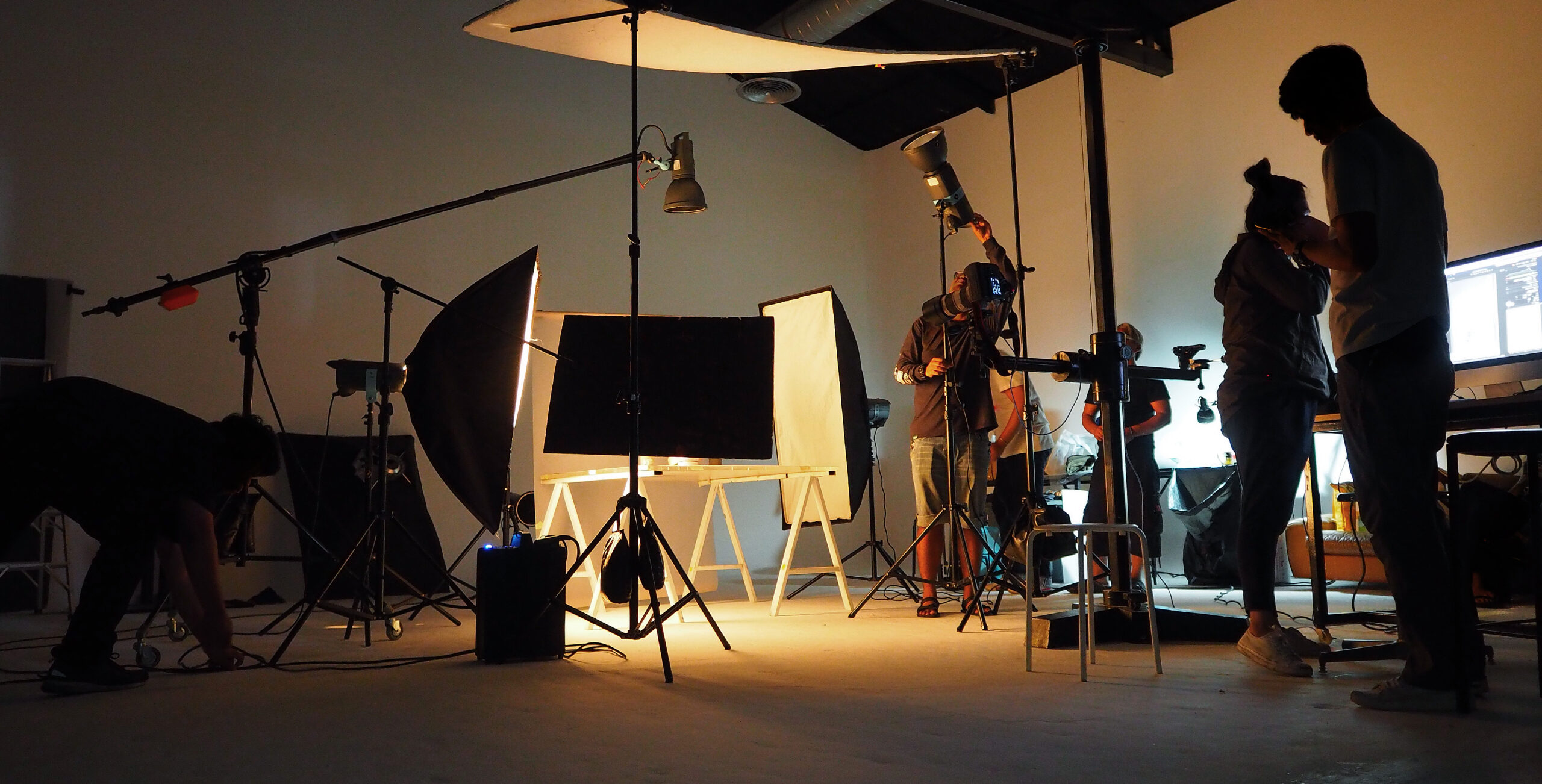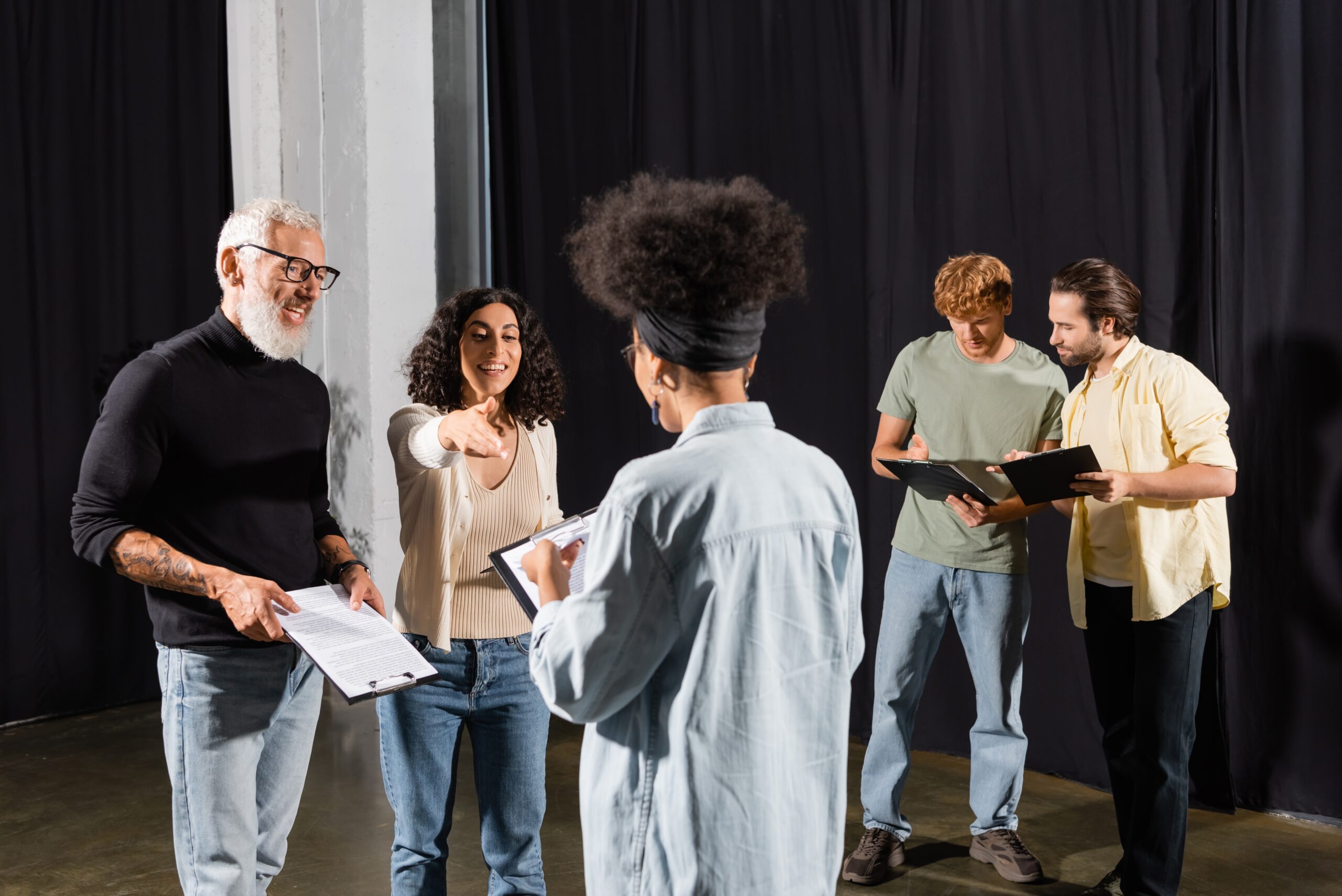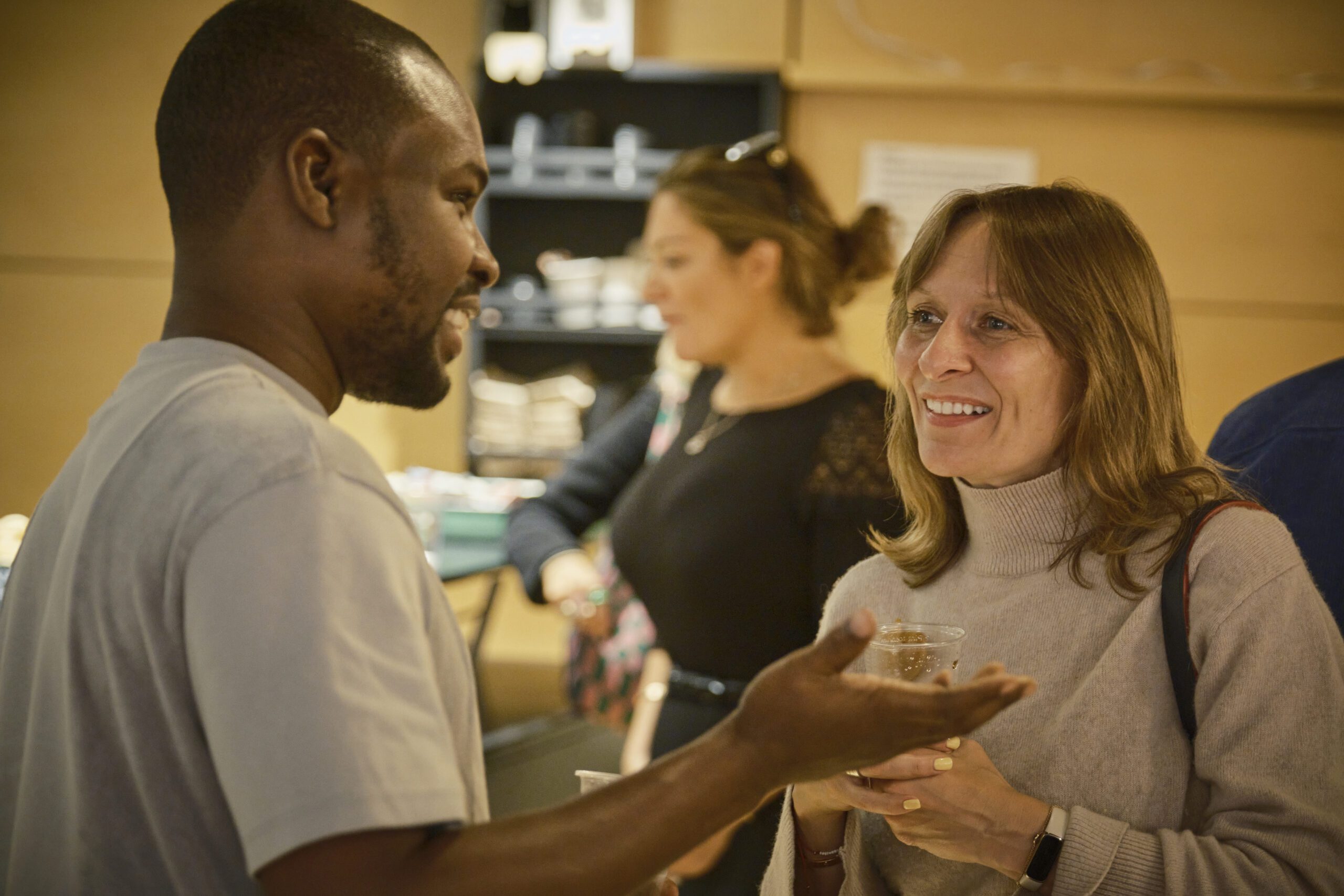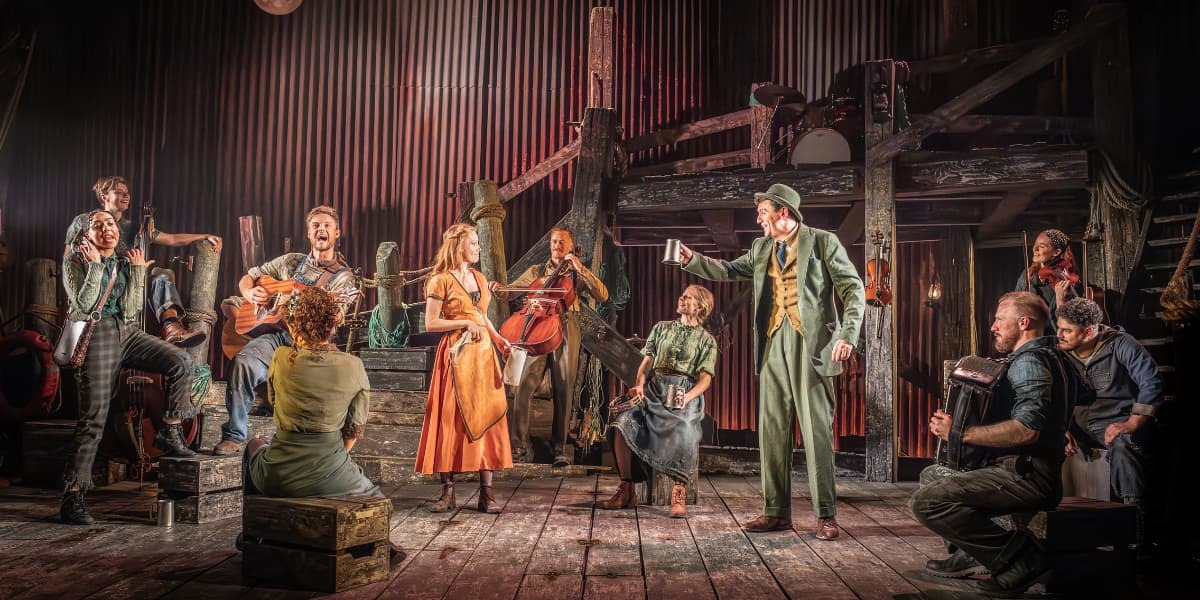Tips for actors looking to break into commercial work, including what to expect at the audition, how much you’ll get paid and what to look for in breakdowns.
On average, around 60% of the auditions you do as an actor in the UK are for commercials. Brands are producing television advertisements all year round for things like beauty, food, retail, technology and more. Commercial work can be financially beneficial for the working actor, with brands paying anything upwards of £2,000 to featured artists.
If you enjoy travelling, working on commercials can sometimes involve travelling abroad to film for a few days and having the costs covered. Commercial work can also be a great stop gap between other work, providing financial security and getting seen by casting directors who work on other types of productions.
Commercials can be fun shoots. You can learn so much about being on camera and how to tap into a different skill set than you would for stage or screen work. Commercials are shorter and often won’t include dialogue, as actors this can be challenging. Commercial work can give actors an opportunity to work on conveying emotion without text, working within a smaller time frame on a character and also working with a client or product in mind, which can introduce a whole new level of skill.
Here is what you need to know about working in commercials and how you can get started:
How Can I Work in Commercials?
The best way to find commercial work is through agency representation. If you have an agent, it’s important to discuss with them that you’re interested in pursuing commercial roles, and the types of roles you’d be open to playing. Bigger agencies often have a separate commercial division for clients, but generally, most agencies will submit you for all types of roles.
If you’re a member of Spotlight and have been set the appropriate level of access by your agent, or if you’re self-represented, you can also submit yourself for commercial work using the Jobs Feed. If you’re looking for agents who specialise in commercial representation then you can use Spotlight Contacts Agency Database to help you get started.
Auditioning and working in commercials can involve an element of luck. Many productions have a specific idea in mind to fit the brief. For casting there is a client involved that needs to be considered, so when you start auditioning you may find that it’s more efficient and involves specificity in what they are looking for. Booking commercial work can feel like a lottery, but it’s good to audition as much as you can to get an understanding for how the process works.
How Do You Audition for Commercials?
Auditions for commercials will most likely involve a self-tape and a recall stage. Before you get to the acting portion of a commercial audition, there are a number of details that are useful to know about what the process is like.
In-person auditions will involve the same instructions you have for a self-tape, so the details below can be applied to both.
Submissions
A commercial audition breakdown or submission will come with heaps of information, including: the brand or product the project is for, when and where it will shoot, the fees, self-tape instructions and any forms that need to be filled in.
Almost every commercial audition or self-tape I’ve had involves a form. I make sure to fill it in before I tape if I can or make a note that it needs to be done before submission. Some forms require you to submit the tape directly, which will be explained in the submission email, so it’s important to read everything thoroughly.
The forms should be easy to fill out. They’ll normally ask you for:
- Your personal information
- Your agent’s information
- Your measurements
- Your right to work
- Your ability to travel (if needed)
- Any commercial work you’ve done in the last three years
- Photos, including your profiles and hands
If you get to a recall stage, generally the casting director will ask if you’ve filled in the paperwork, so it saves a lot of time and effort if it’s all done beforehand. Be sure to keep this information to hand in a document so when you’re asked your collar size or your agent’s address, you can find it all in one place.
Understanding Your Character
In the submission details you receive, the self-tape instructions will include a short description of the character you’re auditioning for and the narrative of the commercial. Sometimes a treatment is included, which will have images showing the tone or character style they’re looking for. Use this information to decide what you might wear, or as a reference for your performance.
Here is an example of how a casting breakdown might read:
“Hero/Young Mum: Early 30s/40s – warm, kind, overwhelmed and stressed, typically quite bubbly. Recently had a new baby and is struggling to feel like herself.”
A breakdown will also detail the scenario in which the commercial will take place and how your character fits into it. For example:
“Our Hero/Young Mum is up at 6am feeding her crying newborn. We see her feeding, changing, trying to soothe the baby, but nothing is working. She looks stressed and overwhelmed as her partner takes over so she can have a moment. Later, we see Hero/Young Mum indulging in our product, taking her time. She feels calmer and turns to see her partner and baby. She feels grateful for her new family as the product logo appears on screen with the tagline.”
It’s important to read the whole scene, not just for any dialogue, but in case there isn’t any. As actors, our job is to understand the tone of the scene and capture it in our audition. Brands will often try to cast relatable people to appeal to their target audience. They’re starting to veer away from performances that seem put on, which allows you to focus on authenticity. By looking at the whole scene and reading your character description, you can identify where it is you need to implement certain emotions for your audition.
Self-Taping
Check the self-tape instructions to see what you actually need to do in your audition. A slate will likely be required, with profiles showing your hands and a full body slate. There may be photos required, which you can submit with your forms. The instructions will have information about what to include in your slate, what scenes to film and how to film them.
A commercial audition, whether on tape or in person, will require acting out the whole scene. So if there are any productions where playing a sport is required or using a prop is necessary, they will ask for this and perhaps ask for a separate tape where you are playing the sport.
The casting director will ask for exactly what they need, any instructions about emotion or physical gestures will be written in the instructions, so be sure to read through them properly and don’t be afraid to ask questions. Most commercial auditions will have a recall stage too so they can ask for anything additional at that stage. If there is another character in the script for instance, the recall stage will be where you get to play opposite them.
What Do I Need to Know About Working in Commercials?
On my very first commercial, I didn’t understand so many details in the contract. It wasn’t until I actually went to the set and had conversations with other actors that I learned what a buyout was (see below for more on this), how a brand will air your commercial and where they would use the photograph stills.
Here are some other key things I learned:
- Commercial productions are generally no longer than a few days of filming and they include both a basic rate and buyout fee when the project airs.
- Productions will also include expenses and travel if necessary.
- The filming location can be different from the territory the commercial will air in. For instance, I travelled to Prague for a commercial that aired in New York, Amsterdam for a commercial for the UK and Bulgaria to film a commercial for India.
How Much Do Actors Get Paid to Do Commercials?
When you book a commercial, you’ll find the fees detailed in your contract. A BSF (Basic Shoot Fee) is what you are paid per shoot day. Any fees for overtime are included, plus any travel days, fitting days and the usage fee.
If you have to travel for the shoot, you are paid 50% of the BSF upfront, while flights, accommodation and expenses are usually organised and covered by the production company. This will also be detailed in the contract.
A usage or buyout fee is the fee you receive once the commercial is actually on air. You only receive this fee if any recognisable part of you is seen in the final edit.
When Will My Commercial Air?
Once you’ve finished filming, you’ll typically receive your BSF and any other fees within 30 days of an invoice. However, the buyout fee will be paid when (and if) you’re in the final edit.
Some productions will state in the contract when the commercial will air. Others can take months to edit. Some brands may even decide not to air the final edit.
Will I Get Paid Every Time My Commercial Airs?
The usage or buyout fee covers the entire usage period in which the commercial airs. In your contract, it should state the usage period i.e. how long the commercial will run for, and if there are ‘optional extensions’. Optional extensions mean if the commercial is aired again after the original run period, you’ll receive additional buyout fees. These amounts can vary but it’s important to keep note of them.
When your commercial airs, if you’re featured you should receive your buyout fee. Production won’t typically let you know when it airs so it’s important to keep an eye out online or ask your friends to. On the rare occasion a brand may decide not to air the commercial, they should get in touch if this happens but unfortunately it means you won’t receive the buyout even if you were in the final edit.
Commercials air on television all the time and they’re now appearing on streaming services online and social media too. If you see someone you know in a commercial, it’s nice to let them know, so that they can invoice the production for the usage fee. If you filmed a commercial and you weren’t used in the final edit, this also means you forfeit the buyout. It can happen on occasion but use of any recognisable part of you means a usage fee has to be paid.
Commercial work is beneficial in more ways than one. They can provide financial security and the opportunity to travel and meet other actors. It’s also good to be open to other kinds of productions aside from theatre and television, so you can flex your creative muscles and develop new skills. I’ve certainly found that to be the case!
Take a look at our website for more commercial tips and advice, including:
- 6 reasons why actors should give commercial work a chance
- Getting started in commercial voice over
- Tree Petts’ tips for commercial casting
 Karen is a British actor of south Asian descent, born and raised in Birmingham, England. She is a graduate of The American Academy of Dramatic Arts in Manhattan, New York. Most notably known for her role as Nicole Shelley in the award winning Apple TV+ series Ted Lasso starring opposite Jason Sudeikis, Hannah Waddingham, Brett Goldstein and Nick Mohammed. She also played Noreen Khan in the first two seasons of the BBC television series Phoenix Rise.
Karen is a British actor of south Asian descent, born and raised in Birmingham, England. She is a graduate of The American Academy of Dramatic Arts in Manhattan, New York. Most notably known for her role as Nicole Shelley in the award winning Apple TV+ series Ted Lasso starring opposite Jason Sudeikis, Hannah Waddingham, Brett Goldstein and Nick Mohammed. She also played Noreen Khan in the first two seasons of the BBC television series Phoenix Rise.
In Theatre, Karen starred in Ayad Akhtar’s The Who and the What at The English Theatre of Hamburg in Germany and performed opposite Scottish actor Alan Cumming in the original musical Me and the girls directed by Tony award winner Douglas Carter Beane. She has also played leading roles in regional premieres of David Harrower’s Blackbird and Duncan Macmillan’s People, Places and Things. In 2022 she was directed by Iqbal Khan in Mismatch at The Birmingham Rep as part of the Sky Comedy Rep Festival. Her other credits include lead roles in Camel written by Charly Clive, Welcome to Thebes, As you like it, Lysistrata, 4.48 Psychosis, The Tempest, Good Fit, She Kills Monsters, American As, Julius Caesar for The Public Theater at Shakespeare in the Park and Journey to America at the world famous Carnegie Hall, New York.
Karen’s selected work on film includes starring in The Waves for MTV Entertainment directed by BAFTA award winner Sindha Agha, Man on the Phone for Red Bear Films and Frank’s Plan for Amazon Prime. She has also appeared in commercials for Aramco, WhatsApp with Alex Scott, TK Maxx, West Midlands Combined Authority and Northwell Health Insurance in New York. She recently performed at the An Tain Arts Centre in Dundalk, Ireland in Why are you here? Directed by Paul Hayes.
Headshot credit: Andy Brown

